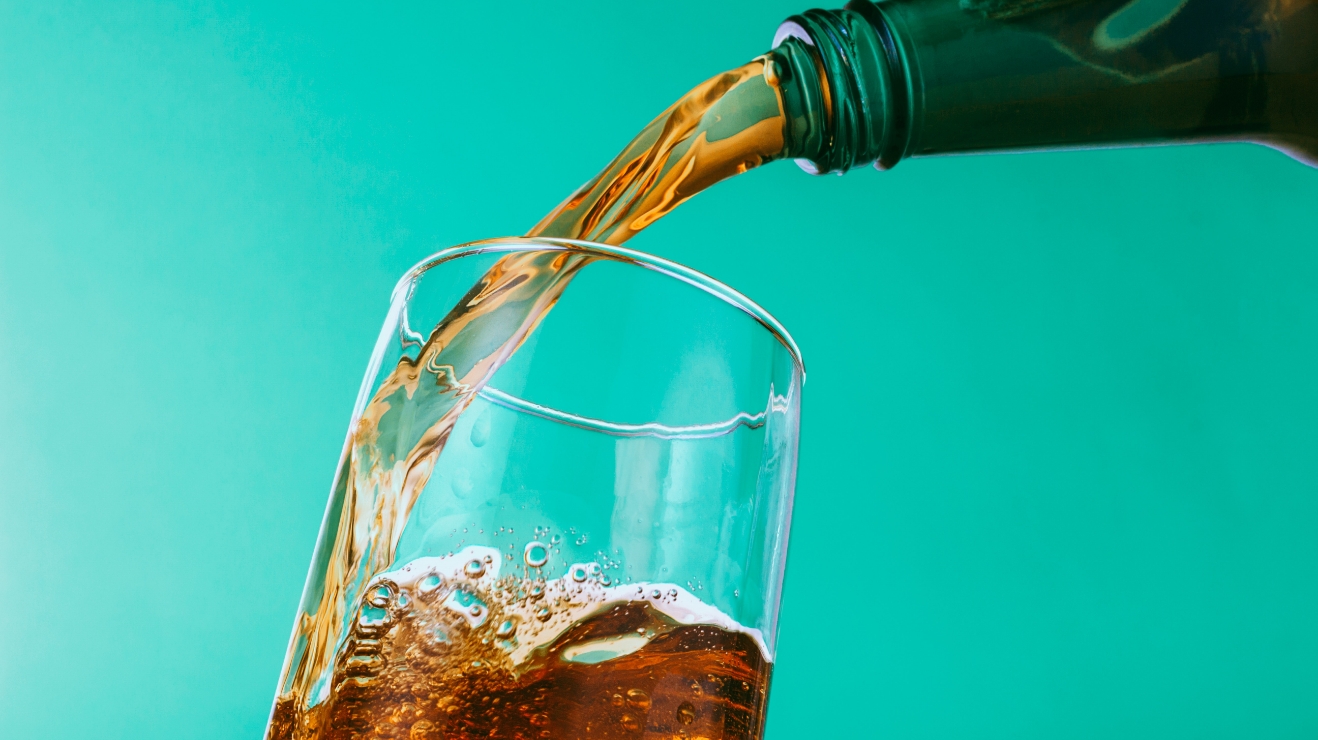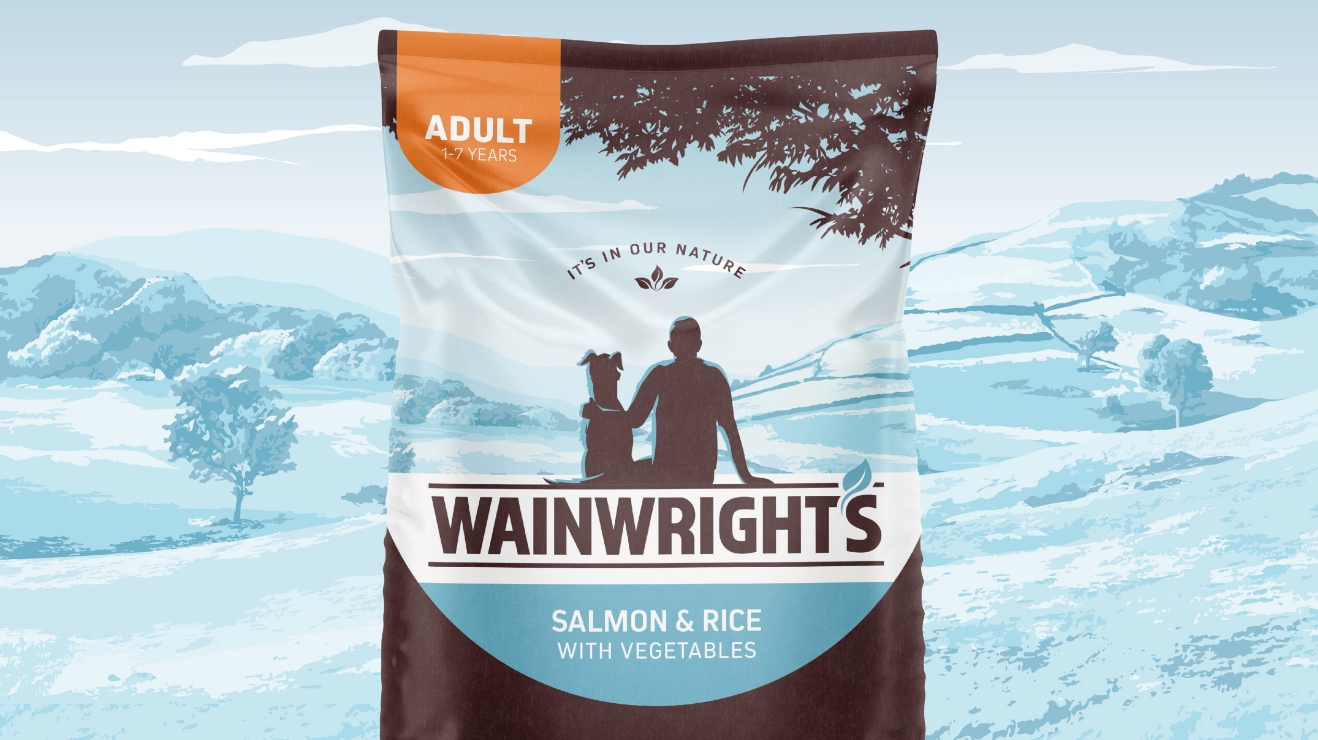Relaunching a brand in the soft drinks sector can be a good thing to do – a refresh can reinvigorate a household name in a competitive category.
There are lots of compelling reasons why soft drinks brands might consider revamping their packaging. They might see it as a tool to shake up volume sales, or to breathe new life into a stale brand, or to drive iconicity. In such a tough arena, with continually emerging competitors and changing consumer attitudes, it stands to reason that brands have to be attuned to sector shifts to thrive.
A key motivation for packaging redesign is, of course, to create a buzz in the market. When brands look the same for years, consumers can become habituated. A well-timed redesign can coincide with a broader brand story or change of direction, amplifying its impact.
Iconicity is another driving factor. We’re seeing many iconic brands in the soft drinks sector simplify their packaging to enhance brand recognition and consistency across touchpoints and markets. A prime example is juice brand Tropicana’s recent global harmonisation effort, centred around its iconic straw symbol.
Or it could also be part of a move to align with modern consumer thinking. When Coca-Cola rebranded Lilt as Fanta Pineapple & Grapefruit, many in the media speculated it was in response to its ‘Totally Tropical Taste’ campaigns, which now seem culturally out of touch.
Simplify to amplify
Fanta has also moved from a colour-focused strategy to a unified and simplified brand across its range, showcasing creativity both on and off pack and giving it a cohesive global presence for the first time in its history. This revamp not only refreshes the brand but also allows it to exist seamlessly in the digital realm.
PepsiCo’s flagship brand Pepsi is also making waves with its latest identity refresh. It aims to evolve from a soft drink into a Gen Z lifestyle brand by updating design assets including colour, placement and typeface. Notably, the new ‘pulse’ symbol on the packaging has been reimagined to reflect the product’s ‘pop and fizz’ and its association with music. Movement and animation have been introduced to help it ‘move to the rhythm’ - and ‘pop’ everywhere from on-shelf to the metaverse. It’s a brave new direction from a brand that is no stranger to misfires (remember Kendall Jenner?).
Sustainable approaches
The issue of sustainability is, of course, paramount in the soft drinks sector, particularly for single-serve products. Brands are increasingly exploring sustainable materials to align with consumer preferences and environmental concerns. For new entrants, sustainable packaging is non-negotiable. Plastic bottles are simply no longer viable for brands aiming to make a positive impact.
But transitioning to sustainable materials poses considerable challenges for established players with existing processes and production capabilities. However, notable shifts are occurring. Coca-Cola, for instance, introduced attached lids to plastic bottles to minimise litter and encourage recycling, signalling a step towards greater sustainability.
Changing packaging materials comes with production costs, supply chain complexities and capital expenditure. Investment is required not only for new capabilities but also for rigorous testing to ensure product integrity. Design limitations can also hinder the transition, as not all materials can accommodate the same printing techniques.
For example, moving from PET (polyethylene terephthalate) bottles with labels to aluminium cans can be challenging due to differences in printing capabilities. This often prompts brands to simplify packaging designs to suit the chosen material.
While consumer demand for sustainability is increasing, it often conflicts with the convenience of traditional packaging options, so brands must also be brave in making decisions that encourage a green default agenda, removing opportunities for consumers to choose less sustainable options.
Waterproof future
As discussed above, sustainability is of paramount importance when reshaping brand identities, with brands striving to reduce their environmental footprint. Water brands, in particular, are elevating their packaging to create a more aspirational drinking experience, often opting for glass or contemporary design aesthetics.
There’s also a shift away from functional product design to brand-focused tactics that enhance badge value. Brands are relying on distinctive assets that resonate with consumers and drive recognition both on and off the product. Take Liquid Death, a US water brand on an ‘evil mission’ to get people to generate less plastic pollution. It uses its unique packaging and category-busting communications to capture attention in an oversaturated market. Seeking to appeal to consumer needs and motivations beyond functional product attributes is a feature we’re bound to see again and again.
Soft drinks packaging is a strategic tool that can revitalise brands, capture consumer attention and align with sustainability goals. By understanding the motivations, challenges and trends in this dynamic industry, brands can make informed decisions to stay competitive and resonate with today’s consumers.
You don’t need a brief to start a conversation.
getintouch@stormbrands.co




